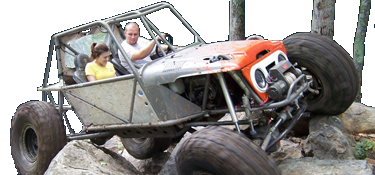98zjstroker
Well-Known Member
- Joined
- Oct 14, 2009
- Location
- concord nc
Ok so my jeep 4.0 stroker is done! well for the most part. Just need to through the head on and oil pain and put it back in the jeep. I am ordering a new oil pump and water pump to protect my investment. I am looking into a high flow (not high pressure) oil pump and water pump. This is in hopes to keep the temps down while off roading. Also I had to have to motor bored .040 over which im sure can/will cause some issues running hot.
My questions is, is this worth spending the extra money on both or either one of these? Anyone actually used these on their builds? I dont want to spend the money on something that I dont need or wont make a difference.
If you do recommend them brand and/or where to go?
My questions is, is this worth spending the extra money on both or either one of these? Anyone actually used these on their builds? I dont want to spend the money on something that I dont need or wont make a difference.
If you do recommend them brand and/or where to go?



